Copart is actually a great place to buy a car.
Let me preface this by saying these are accidental, completely understandable and normal damage added to the vehicles. The tow truck drivers, copart employees, and transporters I've spoken with are skilled, considerate professionals.
The lifecycle of an Auction salvage vehicle.
The car hits a deer.
Damage #1 This is based on the actual 2013 Infiniti G37 purchased by the author. Near Dunn, NC the car was immobilized by a deer strike setting off both airbags and seatbelt tensioners.
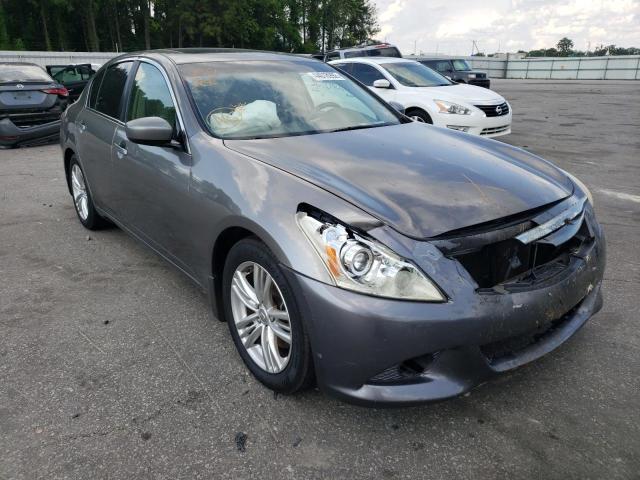
Damage #2 The car was then transported to a service facility. Some local repair shop that does estimated repairs. It's debatable here how much actual damage was done, as it's possible to load a vehicle onto a flatbed with no damage. The tow truck driver can see it's obviously totalled at this point so his incentive to keep it clean is low. This is where the various body markings like the X shown here on the hood come from.
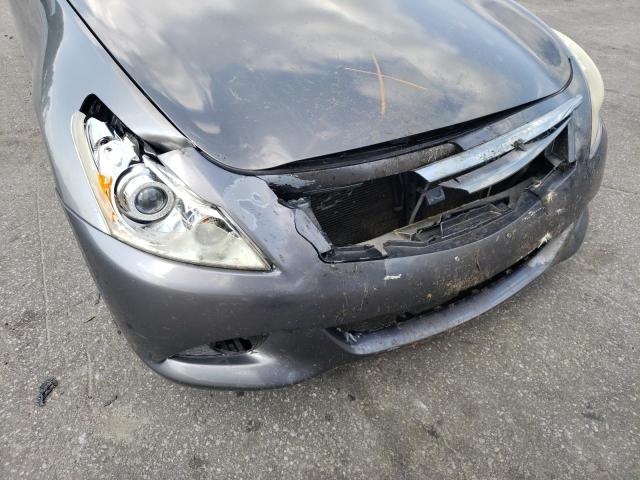
Damage #3 The car is then transported to the auction house. Now things get rough. Lets take a look at the layout of the auction house.
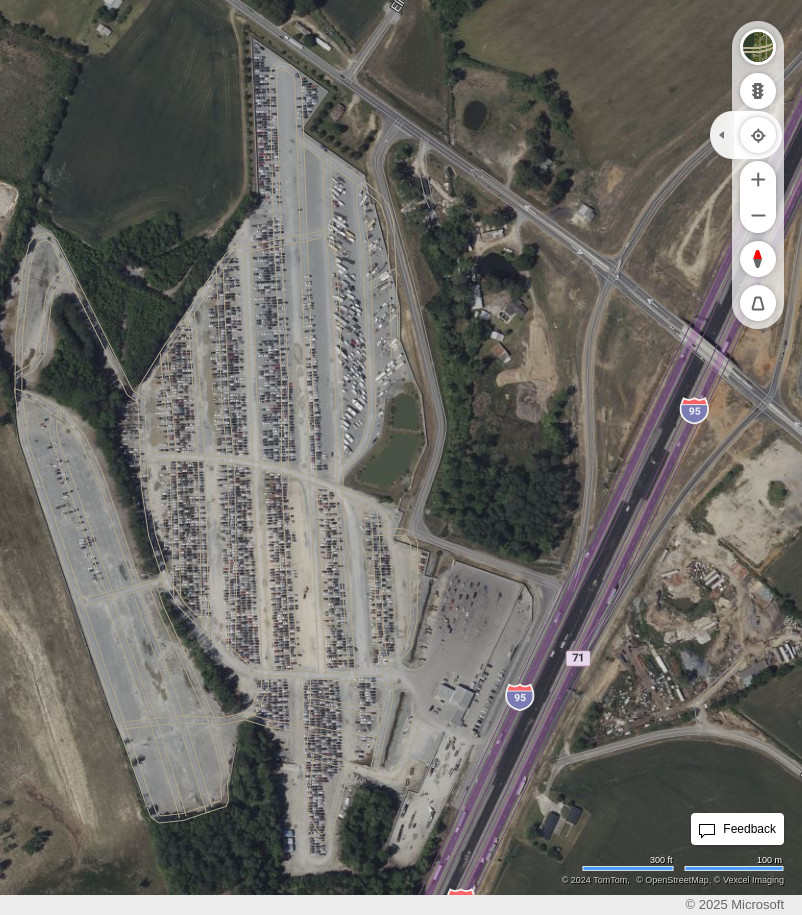
The vast majority of the space is vehicle storage. The lower front right of the image is the external loading area, and the upper right is where the vehicles are inspected.
The flatbed is then pulled into the loading area.
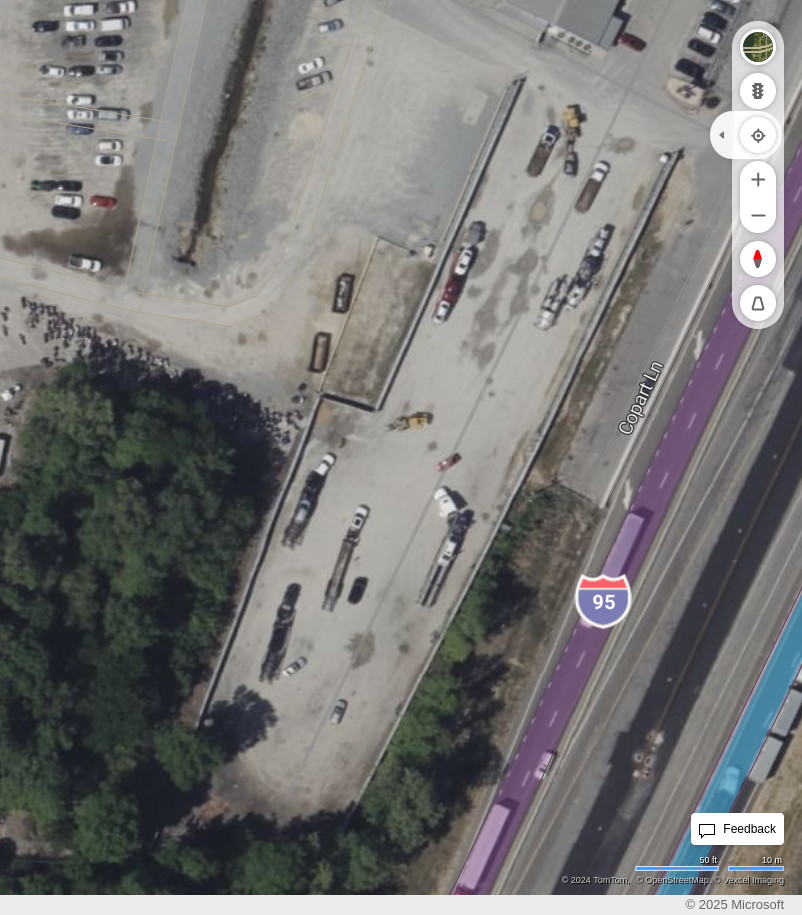 The vehicle is offloaded from the flatbed using these giant wheel loaders.
The vehicle is offloaded from the flatbed using these giant wheel loaders.
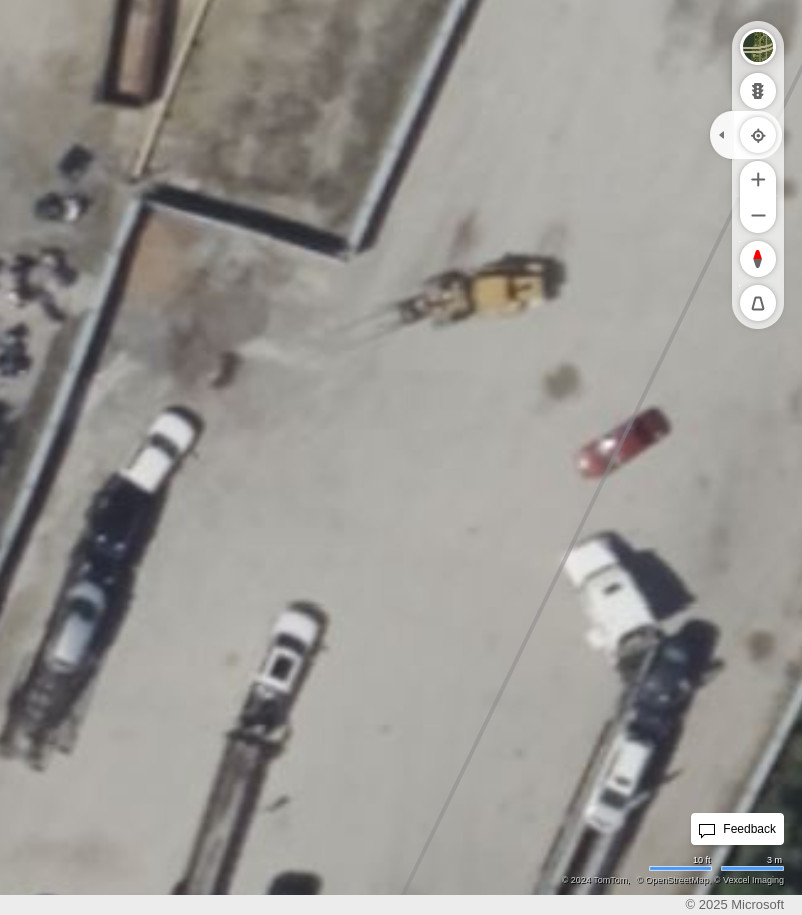
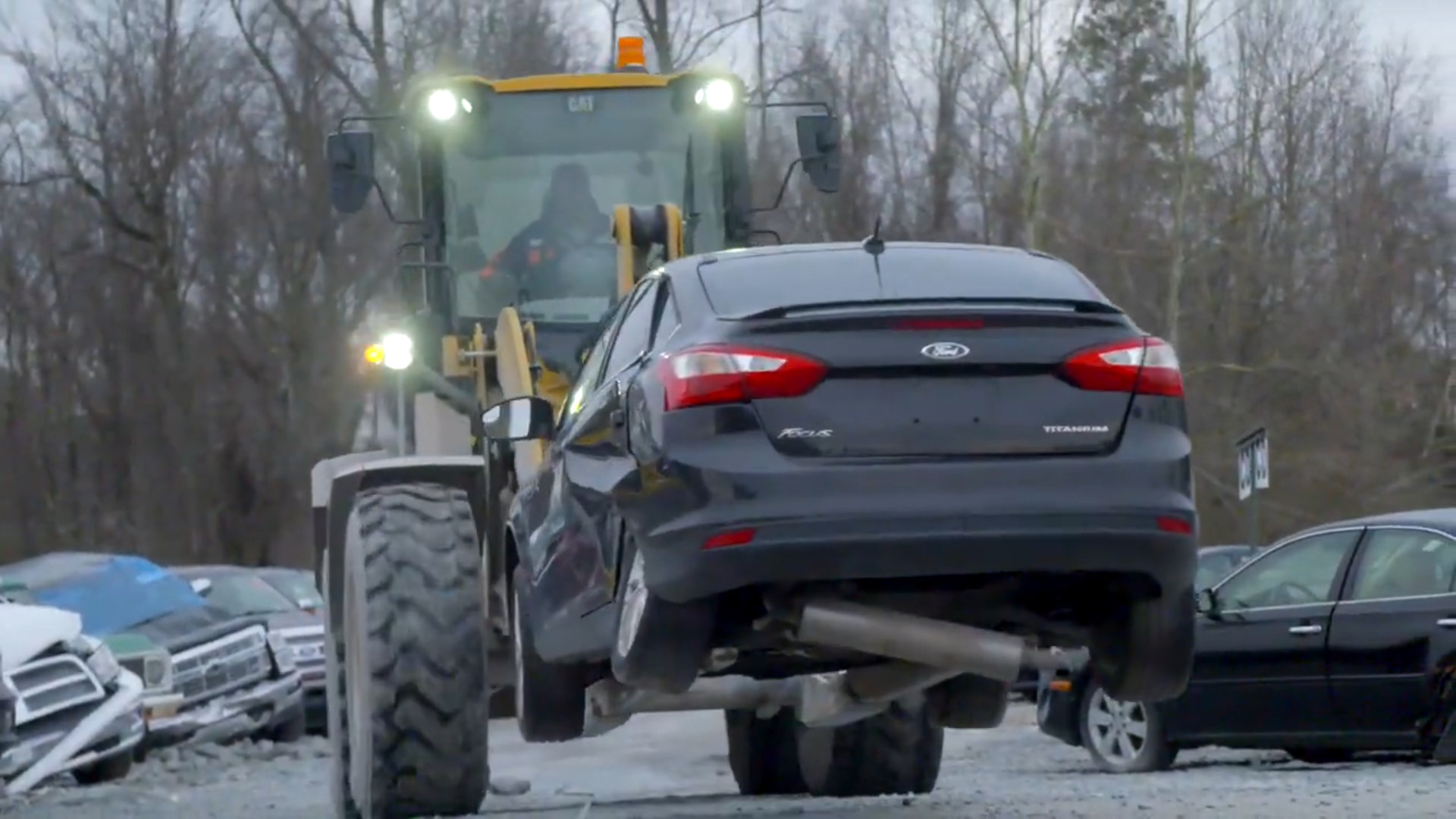
It is then moved to the staging area for pictures and basic analysis.
 This is where all of the pictures are taken of the vehicle, and they identify any specific hazards or if they even want to sell it.
It's then picked up again and placed in a waiting area of the auction site. Check out that metal on metal contact between the vehicle and the forks of the wheel loader. This is a clean example as well, imagine it bouncing down the dirt lot, with weight on various parts that are not supposed to be load bearing.
This is where all of the pictures are taken of the vehicle, and they identify any specific hazards or if they even want to sell it.
It's then picked up again and placed in a waiting area of the auction site. Check out that metal on metal contact between the vehicle and the forks of the wheel loader. This is a clean example as well, imagine it bouncing down the dirt lot, with weight on various parts that are not supposed to be load bearing.
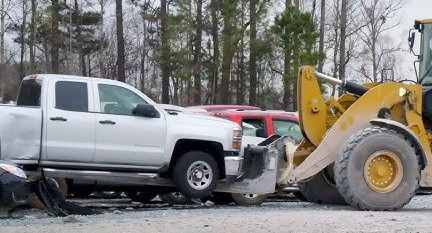
Once the vehicle is released for auction, it's moved from the waiting area to the 'auction floor', which is another area of the dirt lot that is closer to the building.
After the auction is over, the wheel loader moves it again. This time on to the flat bed truck for delivery.
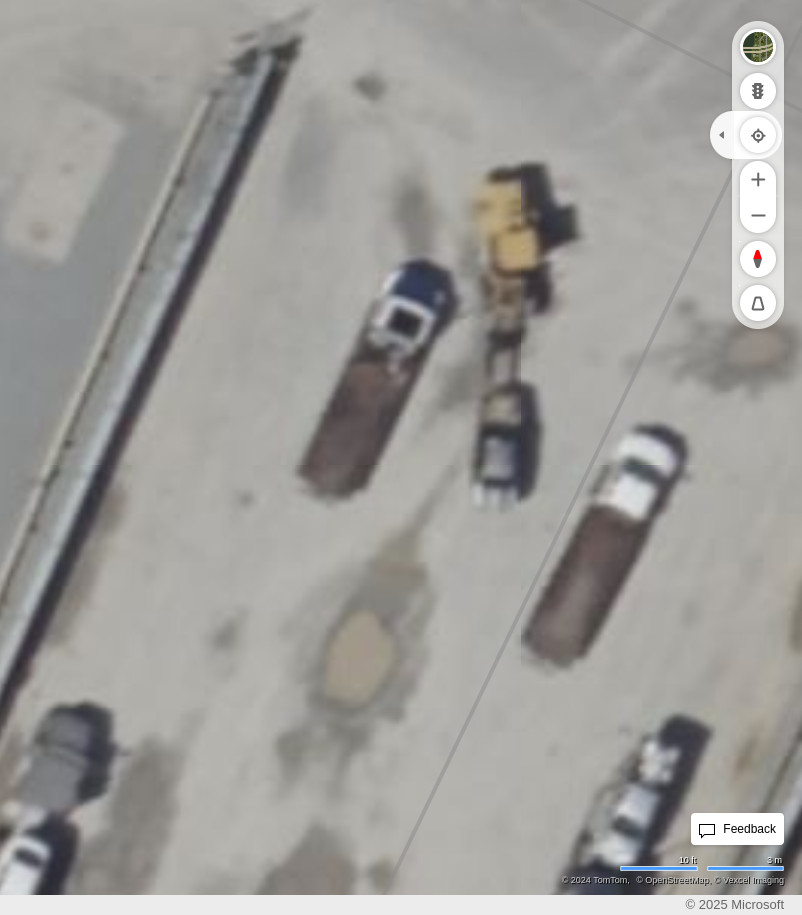 And finally the flat bed truck offloads it to at your house.
And finally the flat bed truck offloads it to at your house.
The various classes of transport damage
So if you're keeping score, that's 10 separate loading an unloading events. That's if the vehicle sells at the first auction. Here's a great video that shows much more of what it looks like in the yards and how these vehicles are moved. What they don't show you in the video is that many of these vehicles have flat tires or damaged suspension. That means they are literally sitting with their bottoms in the auction dust and dirt. That in turn means that the giant wheel loader forks need to dig down low and lift the car up, further increasing the potential for damage.
These are the known classes of transport damage. Simply scooping the vehicle up can cause more. Look at how closely those vehicles are packed together. Does damage occur when moving the vehicle after the 'inspection' pictures? Certainly on occasion. Make sure you are comfortable with that.